Discover the rich spiritual heritage of Assam! A new waterway project is set to connect 7 iconic temples along the Brahmaputra River, promoting tourism, cultural exchange, and spiritual growth. Learn about these revered temples and experience the divine beauty of Assam’s spiritual landscape.
Assam has a rich culture and deep spirituality, and is poised to embark on an endeavor which will enhance tourism and connectivity in the state. The government has sanctioned a proposal that is expected to contribute immensely to the religious tourism and river-based connectivity by facilitating waterways connection of seven major temples of the state along the Brahmaputra River. This would no doubt be an important addition for promoting religious tourism and connectivity through rivers, giving rise to new ways to understand and appreciate the culture of the region.
The proposal has been appraised by the Ministry of Ports, Shipping and Waterways and is expected to be a great leap in the infrastructure sector of Assam. The Ministry of Finance’s Department of Expenditure has approved an amount of ₹645.56 crore which will fund the creation of a well-integrated network of water transport infrastructure comprising 12 floating terminals, two multi-modal terminals at Pandu and Jogighopa, as well as two fixed terminals at Bogibeel and Dhubri.
Leveraging River Tourism Despite Limited Mobility
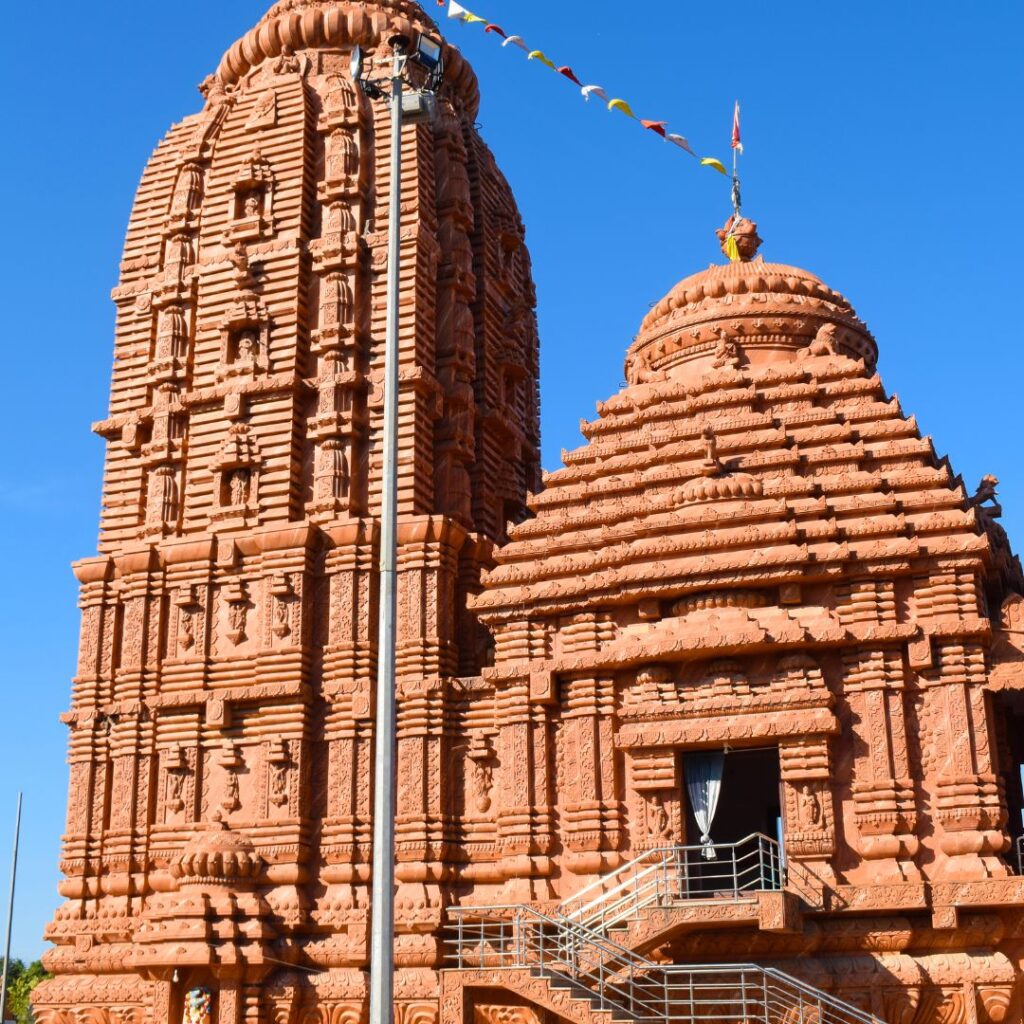
The temples will be interconnected through an easy system of donating allowing the audience to visit the interconnected temples without any hassle. The system is expected to make the journey more interesting and comfortable for the devotees and tourists travelling through the rivers allowing them to enjoy the picturesque Brahmaputra river, making the spiritual journey more enjoyable.
The seven temples being hallowed by this project are some of the most holy places of worship not only in Assam but in India and the world, each of which possesses its own culture and history:
Kamakhya Temple:
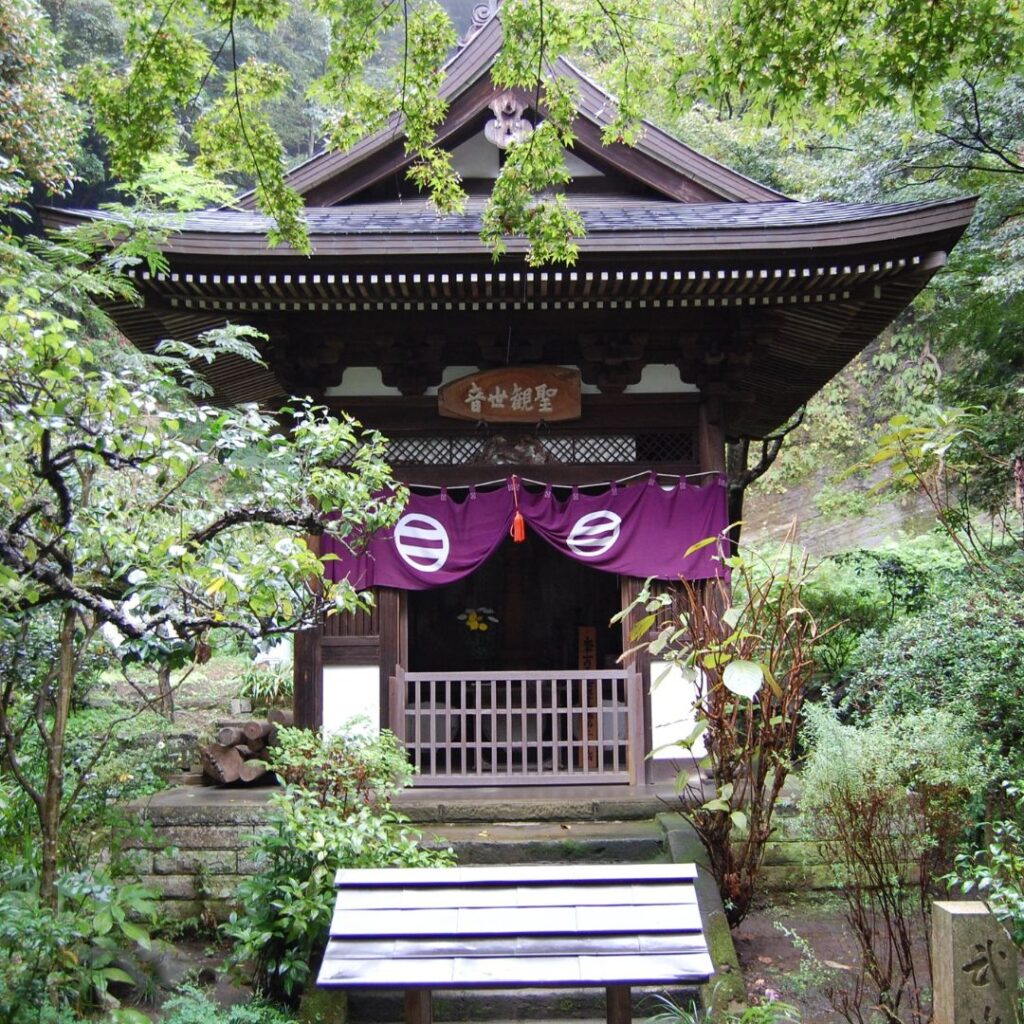
Located on Nilachal Hill, Kamakhya Temple is an important shrine among the Shakti Peethas with historical connections to the goddess Kamakhya. The unique rituals practiced there, and the annual Ambubachi Mela, which celebrates the divine aspect of the goddess, brings in a lot of believers of the temple year after year.
Pandunath Temple:
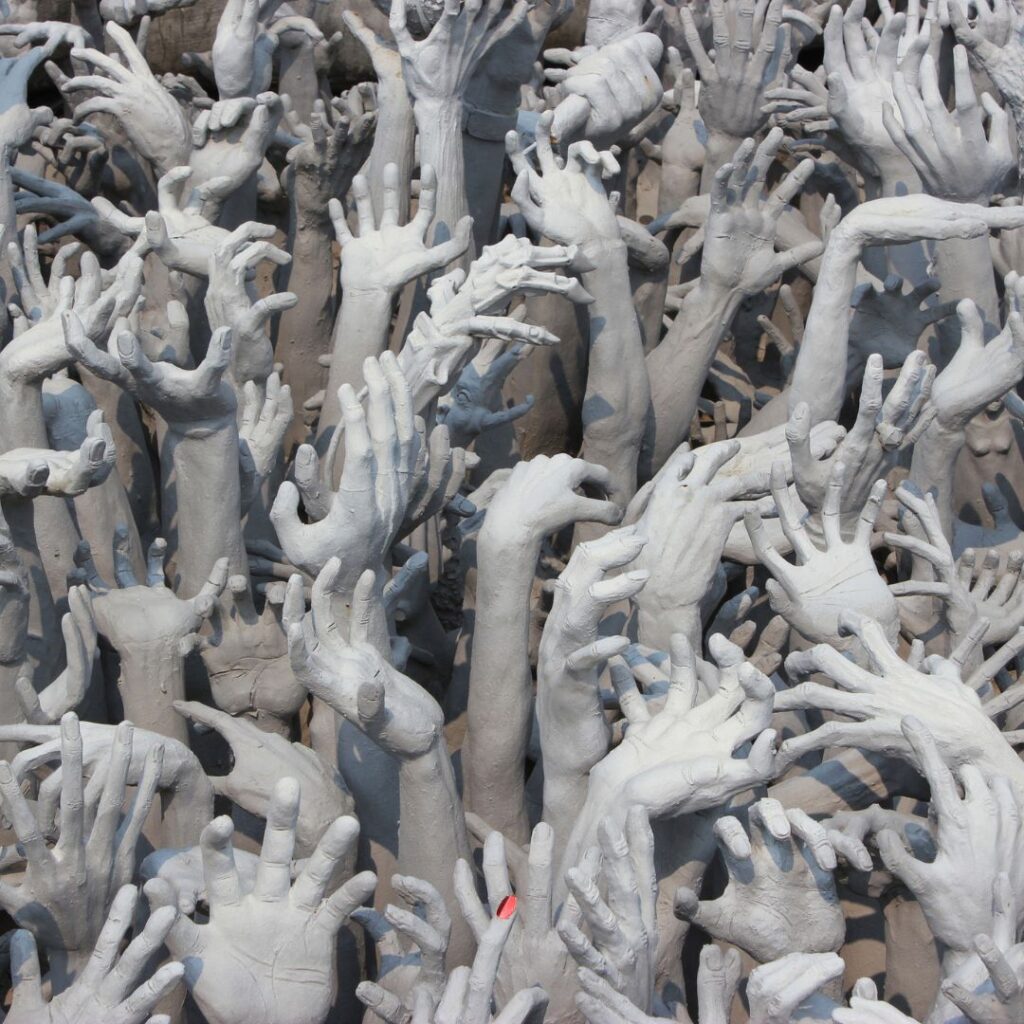
In the Kaziranga National Park, which is associated with the temple, there is the Pandunath temple. Its relevance as a temple for Lord Shiva is underscored as it is associated with the Pandavas of the epic Mahabharata. This temple is ideal for spiritual seekers who wish to obtain peace within the gorgeous settings of Assam.
Ashwaklanta Temple:
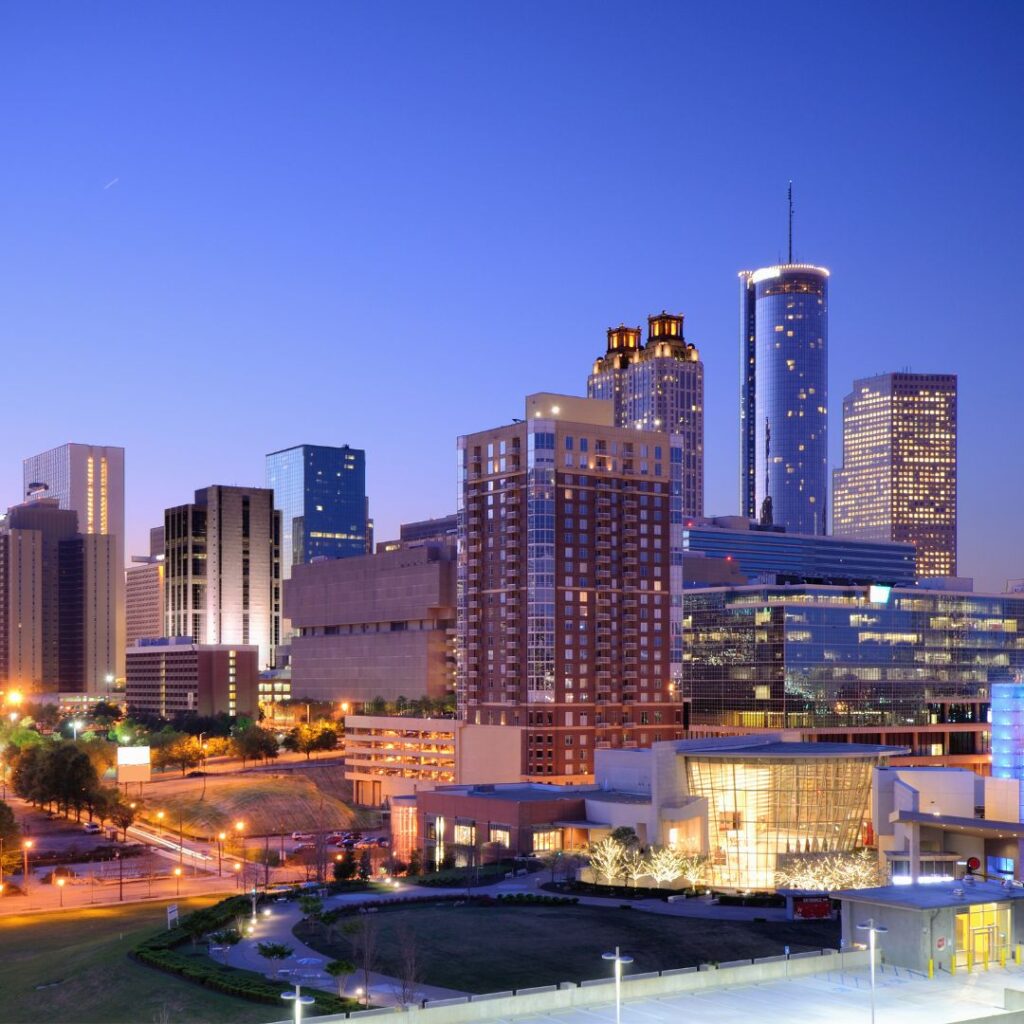
This temple is situated by the banks of the Brahmaputra River, which is dedicated to Lord Krishna. As stated, it was founded by Narada, who happens to be a sage. Owing to the great atmosphere and spiritual importance, it is a place not to be missed.
Doul Govinda Temple:
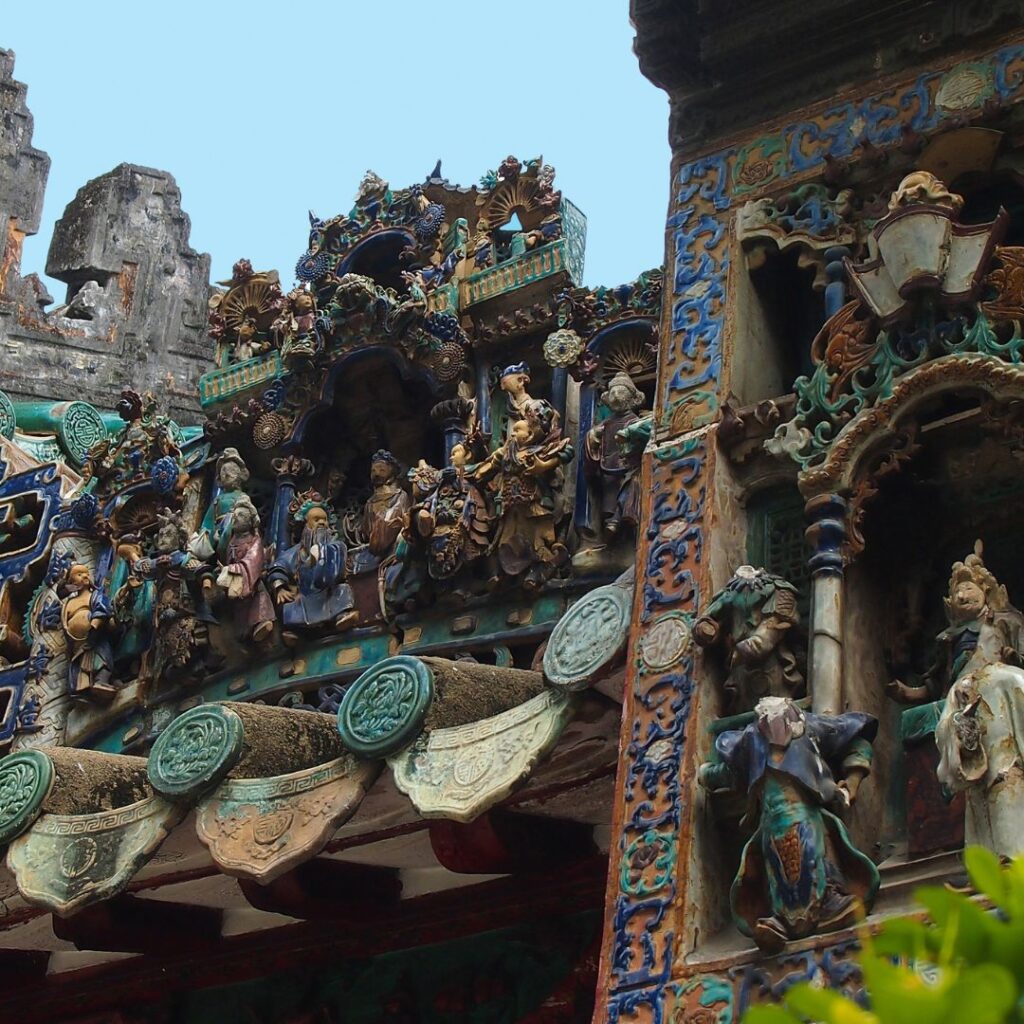
This temple too is another important temple for the worship of Lord Krishna and is situated in Tezpur. Its devotees are drawn into the temple during Holi due to the richness of traditions and customs there.
Umananda Temple:
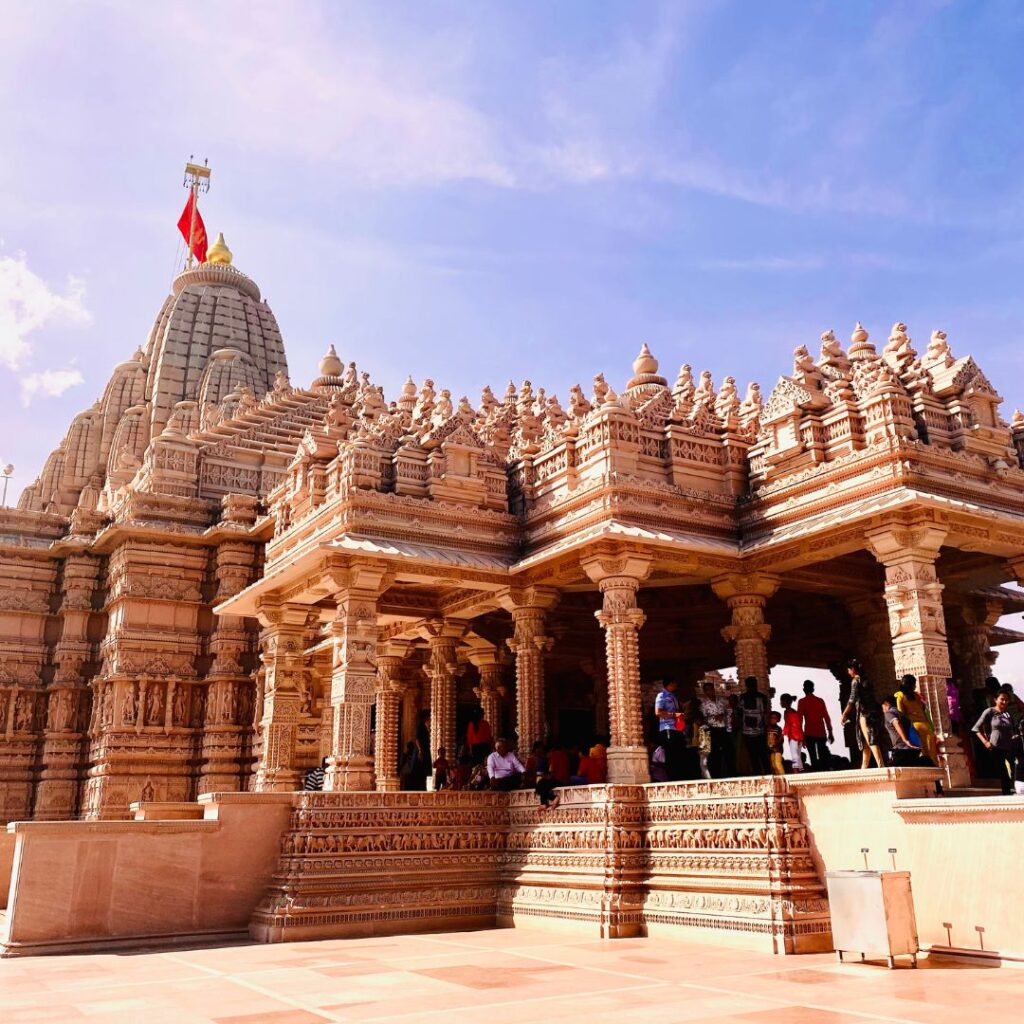
It is only accessible via boat and lies on the peacock island which is the smallest inhabited island in the river and is surrounded by water. It is one of the temples that are built to the glory of an important deity known as Shiva, along with providing devotees spectacular scenery of the Brahmaputra river.
Chakreshwar Temple:
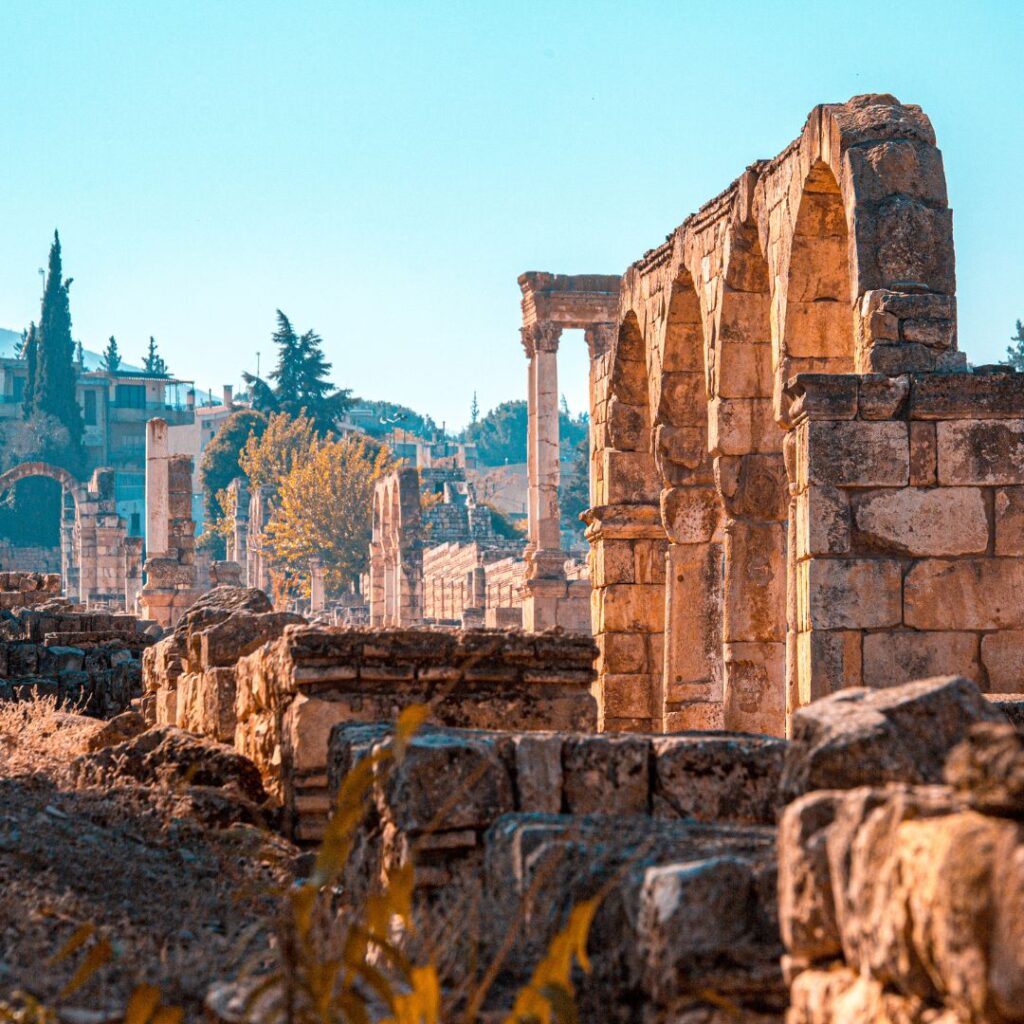
This serene temple situated in the village of Hajo is purposely built to worship Lord Shiva and has been acclaimed for its history and religious relevance. Hajo itself is an exceptional place of pilgrimage which embraces three of the oldest religions Hinduism, Islam and Buddhism.
Auniati Satra:
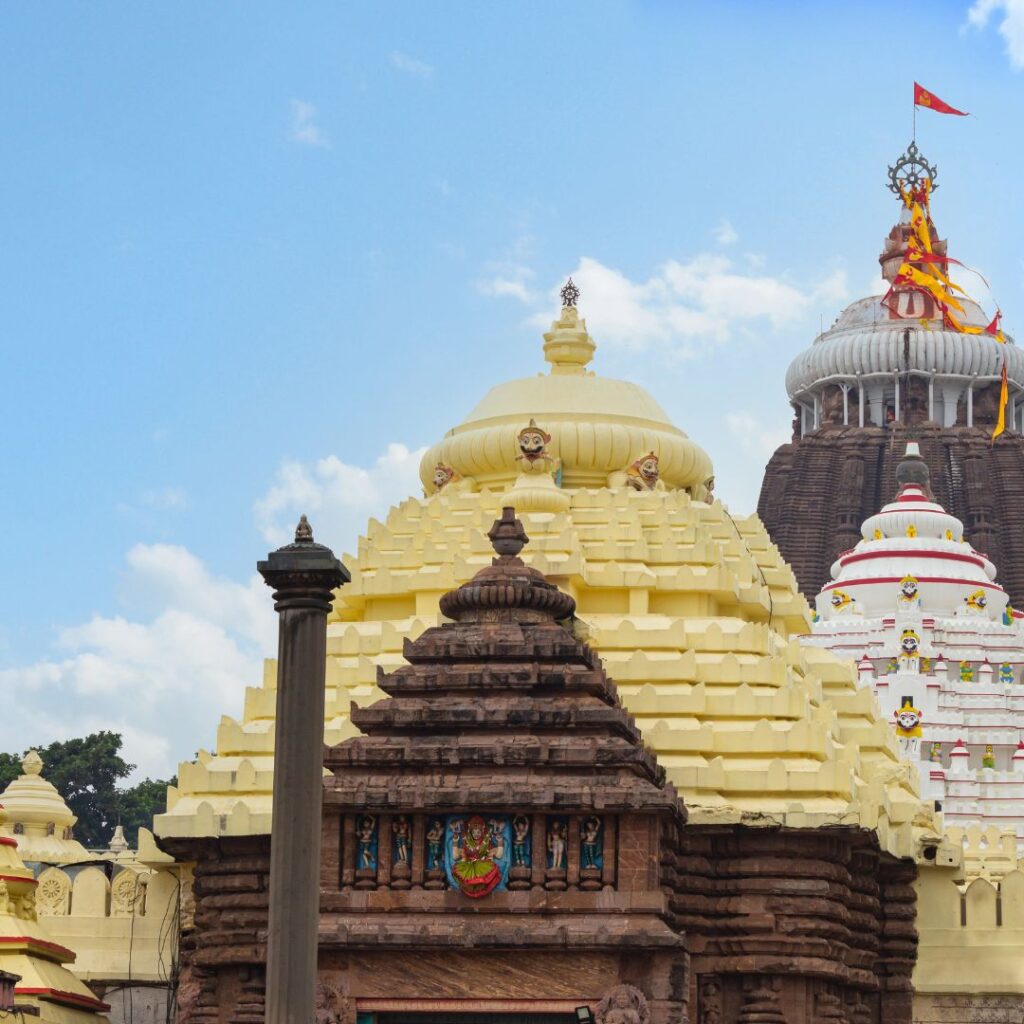
Founded in the 17th century and sited in Majuli Island, Auniati Satra is one of the leading Vaishnavite monasteries. The monastery is eclipsed by the holy figure of Lord Krishna and is active from a cultural as well as spiritual perspective expressing the religious life of the people of Assam.
Promoting Cultural and Religious Tourism
The waterway project is designed to utilise the potential possessed by Assam’s rivers effectively in not only attracting local tourists but also international tourists. Through the linkage of these holy sites, the project will enable the visitors to go deeper into the history and culture of this region known as Assam.
The placement of floating terminals along the river across the region would enable the expansion of services and facilitate easy movement for the passengers using the said rivers. Multimodal and all-weather terminals in some areas like Pandu, Jogighopa, Bogibeel, and Dhubri will serve as central nodes, joining the water transportation with others.
A Step Towards Sustainable Tourism
Riverside tourism is expected to be developed which is self-supportive and eco-friendly along with the connectivity enhancement brought about by the project. It helps in combating negative environmental influences created by roadways. It is aimed at also giving opportunities to protect and showcase the local culture thus allowing the communities around these temples to earn from increased tourist activities.
Unlocking Assam’s Potential
Brahmaputra on the other hand has not only been an asset for Assam but also a number of tourist hotspots yet to be fully explored. By promoting these picturesque temples, the authorities will be creating the right environment for the state to grow as a revered site for spiritual and culturally appealing tourism. People will have an opportunity to experience a fusion of religious enlightenment, natural delight and majestic river heritage of Assam.
This construction provides a glimpse of the cultural heritage alongside contemporary infrastructure. It is not just about connecting temples, but also about uniting and advancing culture and nature, as well as the past of development, so that Assam becomes one of those places in the country where people come to attain true peace.

